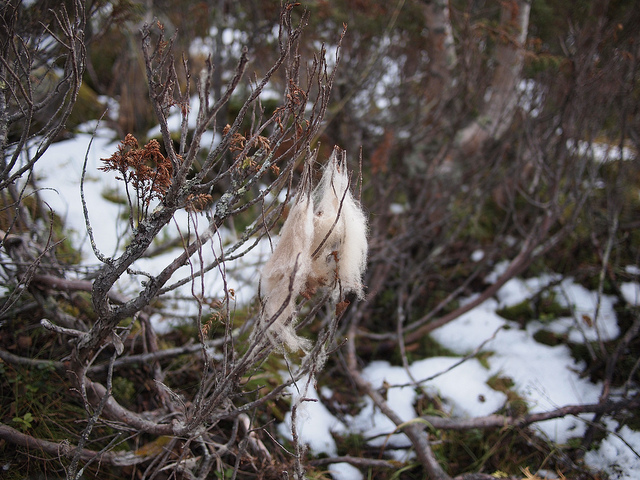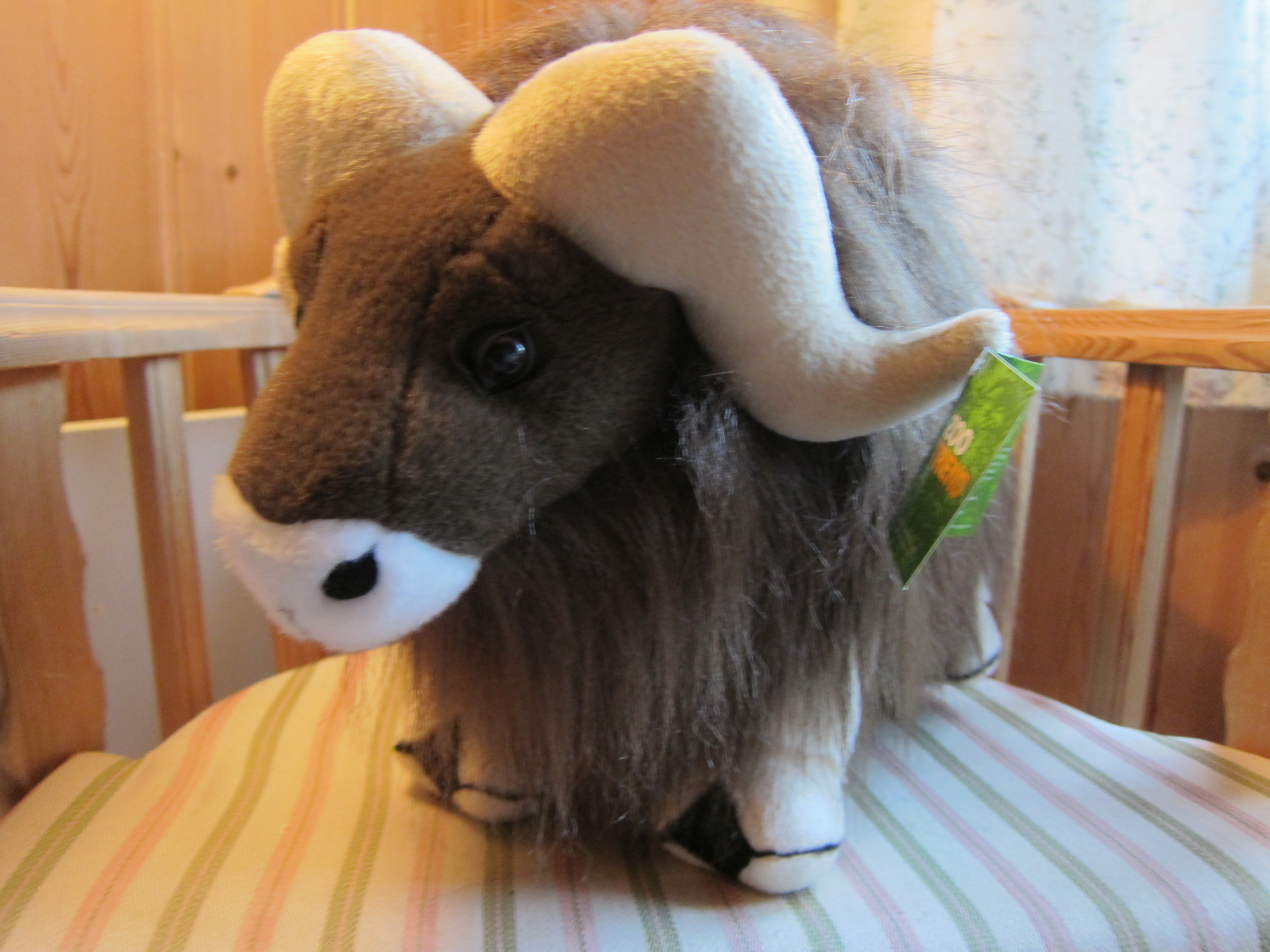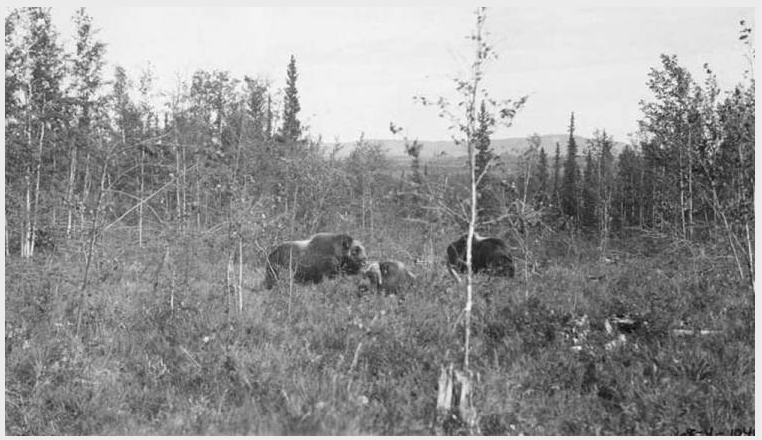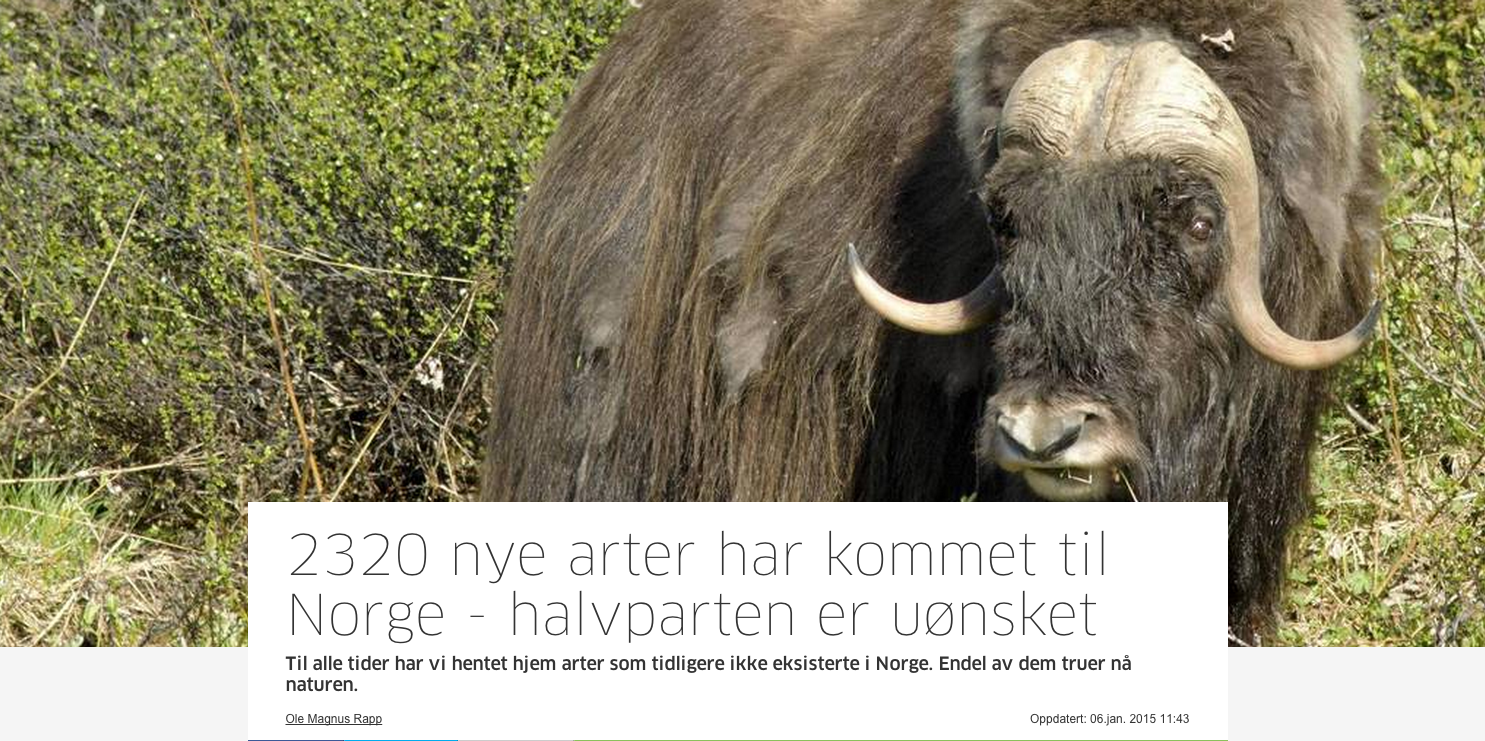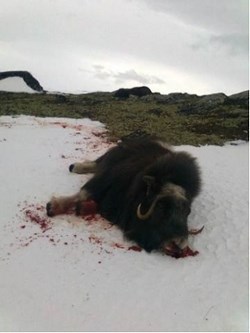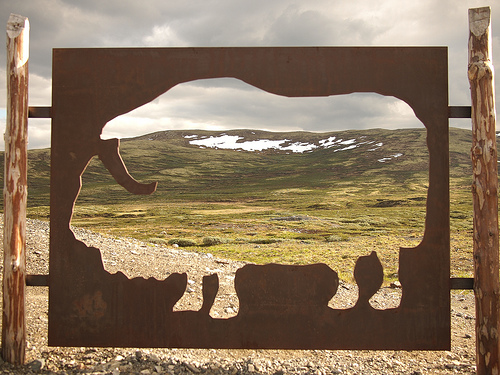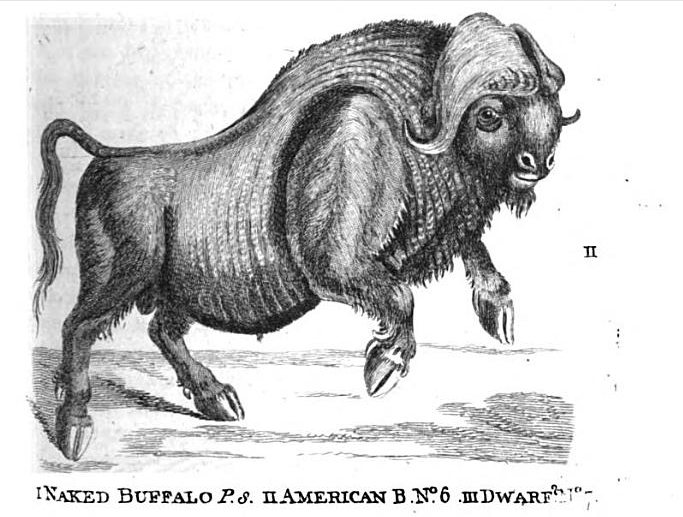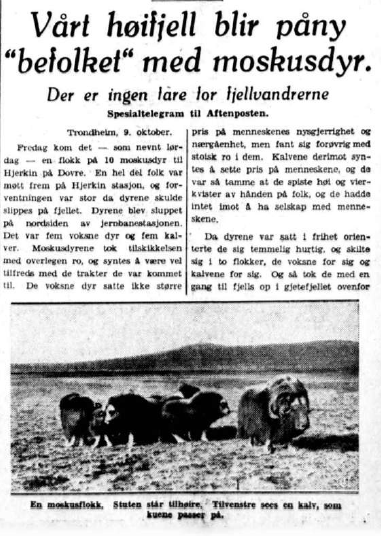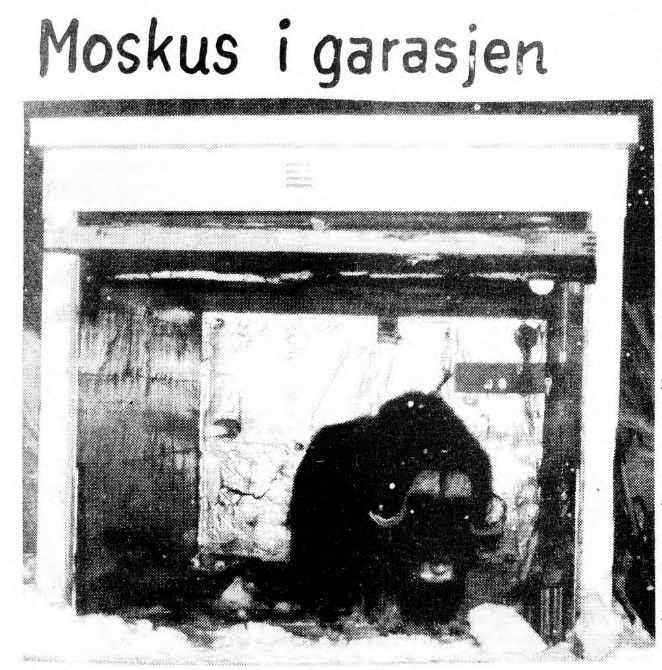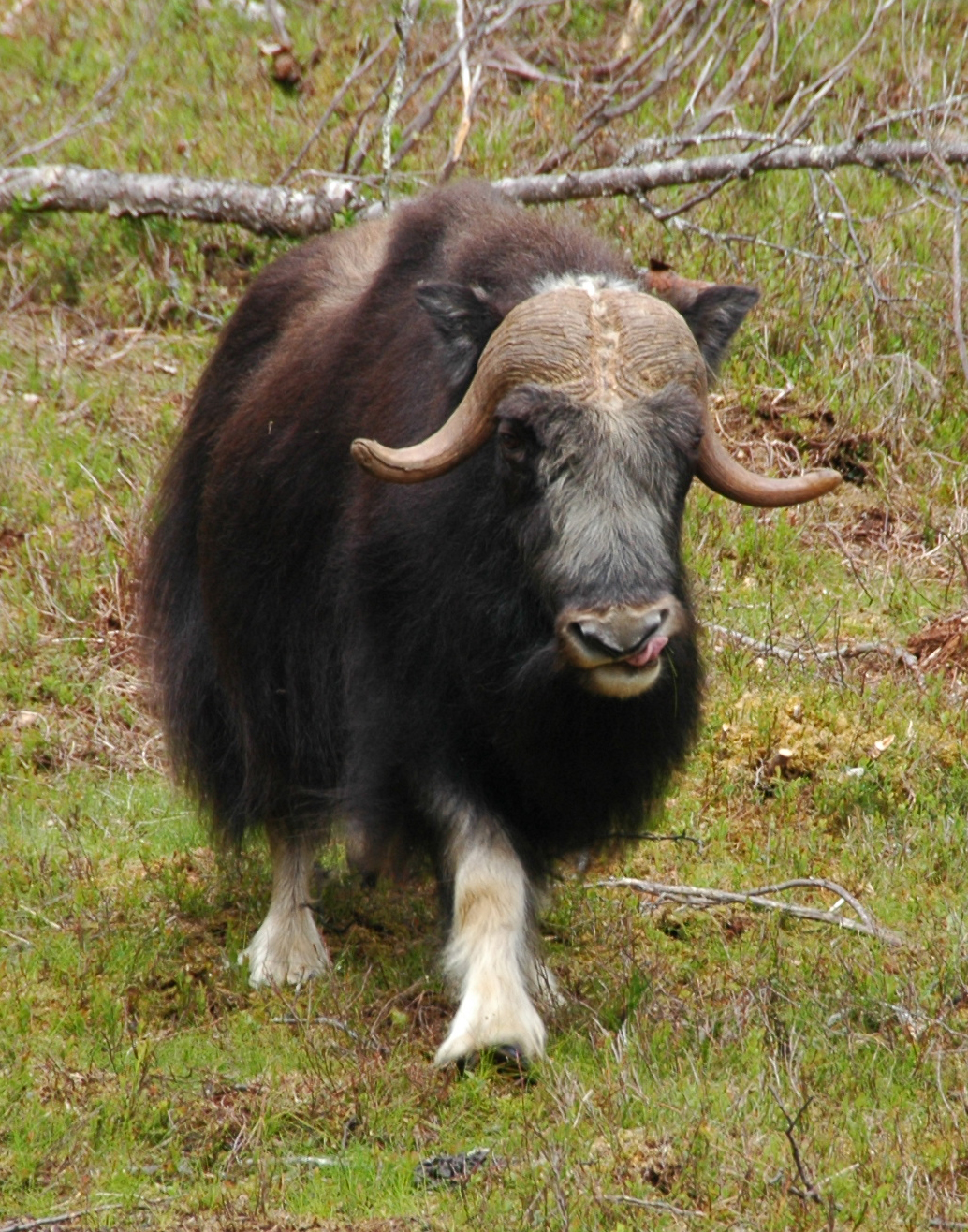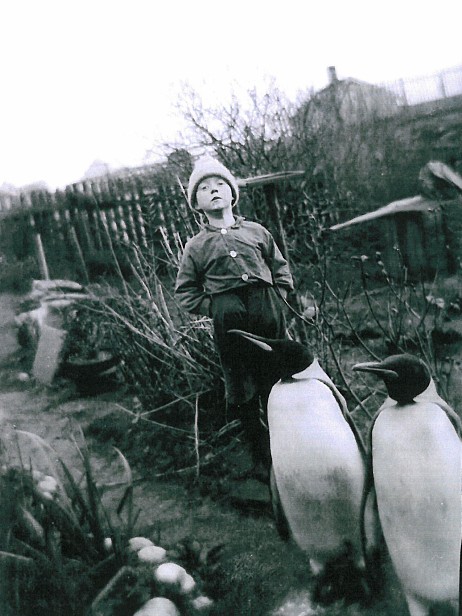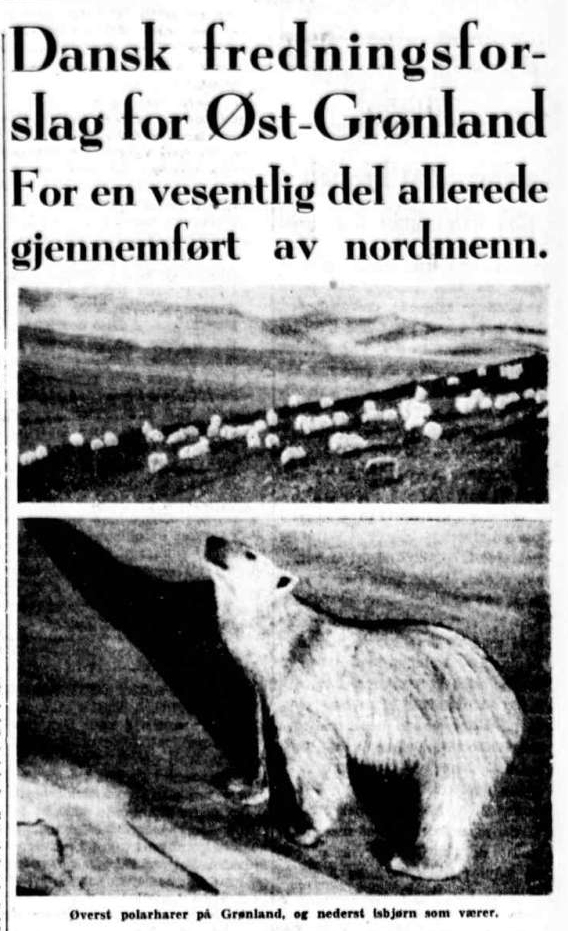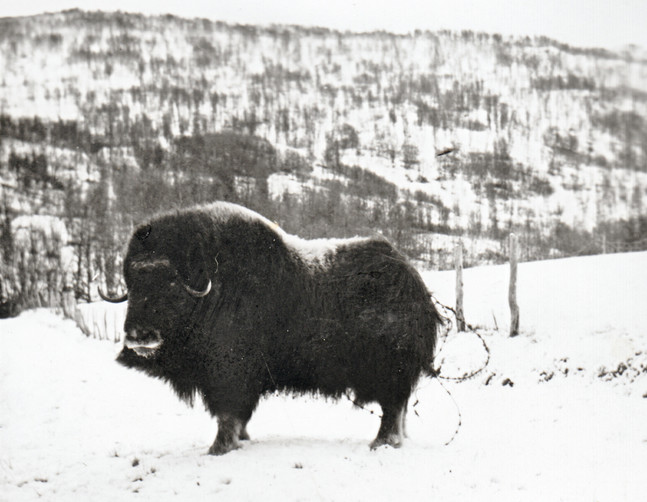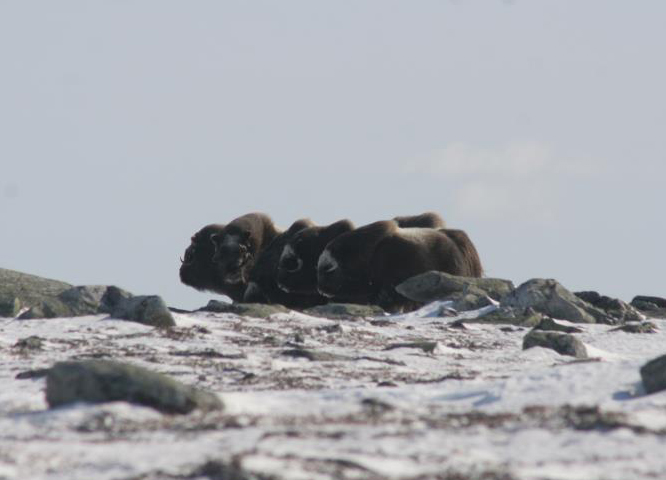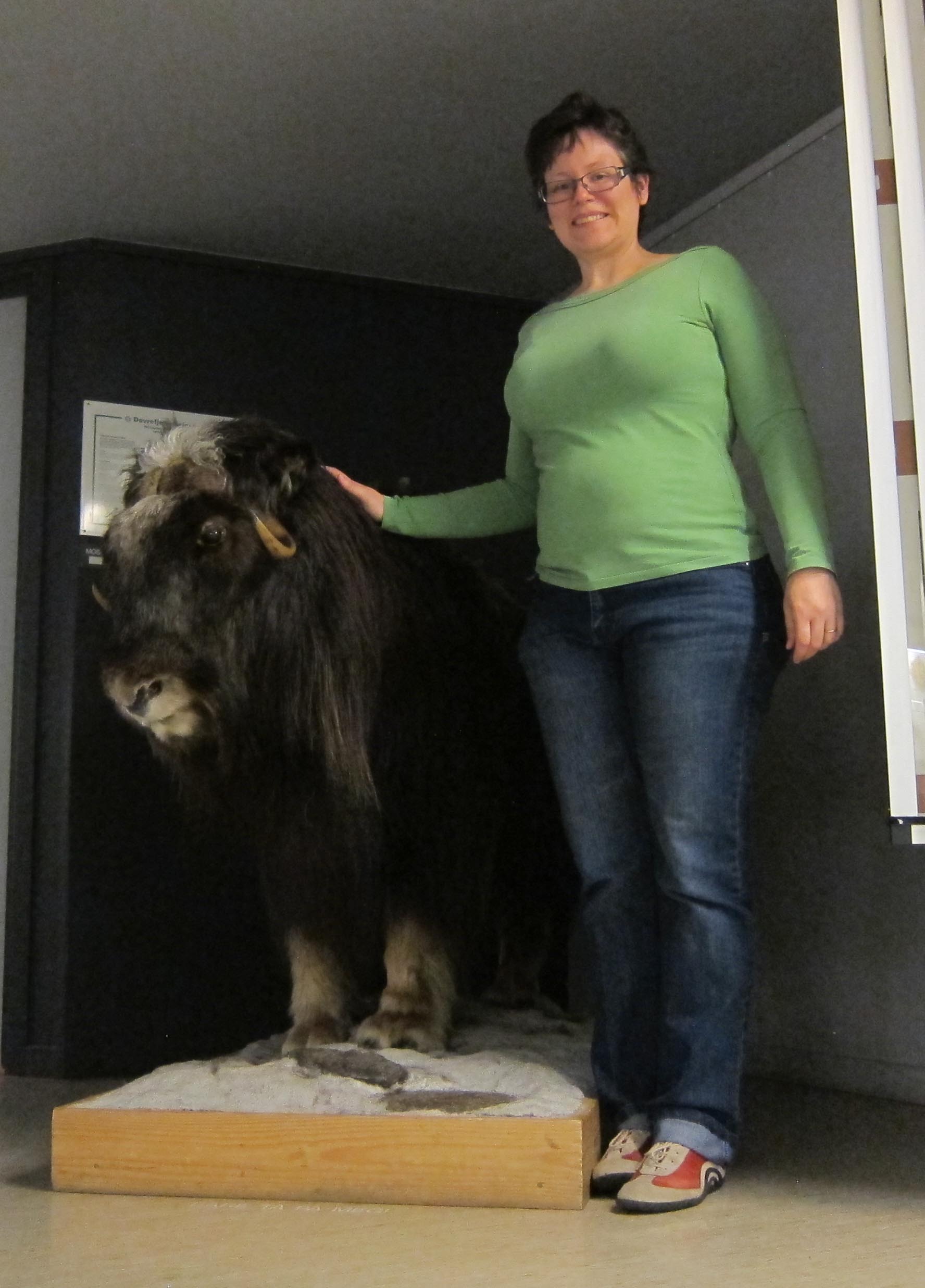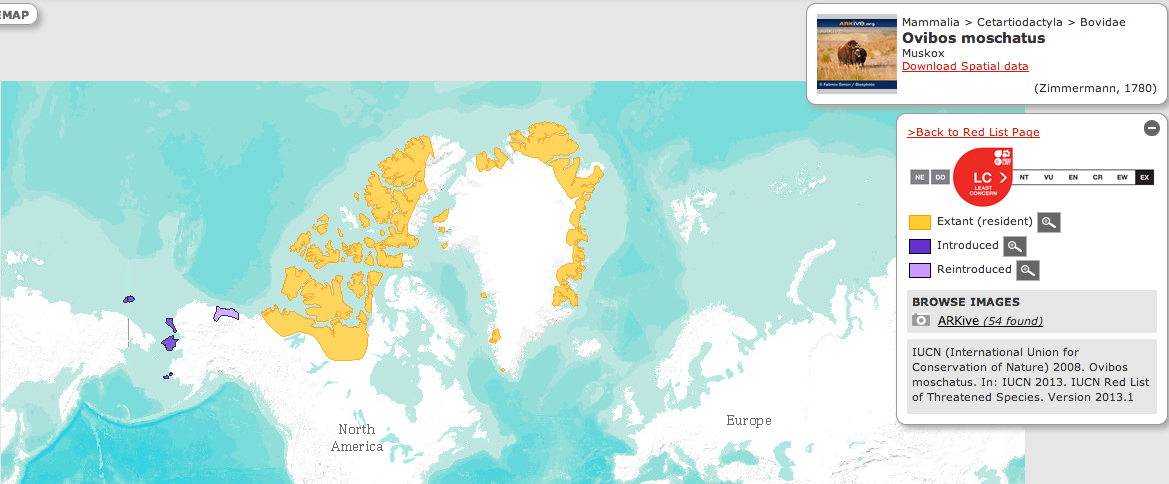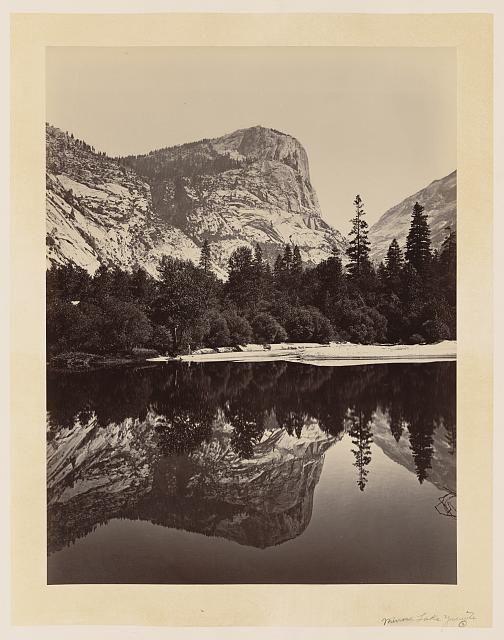muskox
-
Muskoxen making a mark
If you ask people to name iconic polar animals, a few would probably appear on the list with the polar bear most assuredly on top. In 1967, the Norwegian Post Office issued official postmark for three Svalbard locations, Longyearbyen, Ny Ålesund, and Isfjord radio, which each featured an animal from Svalbard: reindeer, seal, and polar bear, respectively. These were obvious choices. In 1973, the Post Office decided to add to the original set with special postmark for Bjørnøya and Sveagruva. Bjørnøya featured a thick-billed murre (a bird in the auk family called polarlomvi in Norwegian), the first bird in the series. Sveagruva got a muskox! I discovered this as I spent most of…
-
Short-term thinking
The Norwegian newspaper Aftenposten ran a feature article a couple of weeks ago about alien species with the dramatic, quantitative headline: “2320 nye arter har kommit til Norge — halvparten er uønsket” (2320 new species have come to Norway — half are unwanted). Because the huge image at the top featured a muskox, it caught my eye. The article doesn’t really say much new. It covers the definition of “fremmed art” (alien species), which is defined according to the Norwegian Natural Biodiversity Law (Naturmangfoldloven NOU 2004: 28) as “en organisme som ikke hører til noen art eller bestand som forekommer naturlig på stedet” (an organism which does not belong to a…
-
Muskox reintroduction and Cold War politics
Rare animals, especially ones deemed worthy of environmental conservation, can take on political significance. I’ve previously discussed the complicated politics of claims on East Greenland and its intersection with muskox reintroduction in Norway in the 1920s and 30s. I’ve also written about the US-China exchange of muskoxen for pandas in the 1970s. It turns out that muskox reintroduction also factored into US-Russian politics in the 1970s. Norway was not the only place interested in reintroducing muskox. Muskoxen had been extinct in the western half of Canada and in Alaska since sometime in the 1800s (ethnographic evidence from the early 20th century indicated familiarity with muskoxen among Inuit peoples but only among…
-
This week in muskox
On twitter Jon Mooallem (check out his book Wild Ones) announced that he has discontinued his This Week in Wild Animals column. This prompted my husband to suggest I could do a “this week in beavers” or “this week in muskox”, but he added that he was sure I wouldn’t have enough material for such a thing. “Ha! You haven’t seen how many newspaper articles I have on my computer,” was my retort. Although I will not be doing a regular thing of it, I decided to look through my historical articles for what indeed had happened in the first week of January in the many years covered by my muskox files. To…
-
2014 in review
My previous post marked the 150th post of this blog and the year is coming to a close, so I thought it would be a great time to review what I wrote about in 2014. Although this blog is based on my research about beaver and muskox reintroduction in Norway and Sweden, I range far and wide in applying my research insights. Ongoing news about the beavers in the British Isles was worth comment several times, including coverage of the beavers discovered in Devon and their potential cull because of fears of disease. For some, the beavers are a lost species who is wanted back in Britain. For others, including the media, it’s…
-
Fundraising
As we enter the Christmas gift-giving season, we are becoming bombarded with requests for money. Advertisements soliciting donations to a plethora of charities from WWF to the Children’s Cancer Fund fill the newspaper pages and the mailboxes. Trying to raise funds for a worthwhile cause is, of course, nothing new. I mentioned before the fundraising undertaken for the Swedish beaver reintroduction projects, which was mainly based on individual private donations, often of very small amounts. Looking through documents about the muskox transfer to Svalbard, I discovered that another strategy was taken by Adolf Hoel and Norges Svalbard- og ishavsundersøkelser (later renamed the Norwegian Polar Institute) to raise funds for their muskox project: corporate…
-
The Meat Question
Today I’m giving a talk in the Anthropology series at University of Aberdeen. The project ArcticDomus hosted at the department was interested in my research on muskoxen because of their own explorations of domestication within human and animal relations in the north. The first part of my talk focuses on the earliest movement of muskoxen to Norway. The first place that muskoxen were let loose was on Svalbard in 1929. This was no random choice. Svalbard, half way between continental Norway and the North Pole, had been an early modern whaling station, but activity really picked up at the beginning of the 20th century when industrial coal mining started. Longyearbyen on the…
-
A political object
Last week Tina Adcock, environmental historian at Simon Fraser University (Canada), had a series of tweets about muskoxen she was discovering in some Canadian documents: This, of course, got me thinking about why muskoxen garnered political attention in Scandinavia in the early 20th century. One of the reasons Adolf Hoel gave for bringing muskox to Norway was to smooth over political troubles with Denmark. Norway and Denmark were arguing about control of Greenland. In 1814, the Treaty of Kiel required Denmark to cede Norway to Sweden, but Denmark retained all other territories including Greenland. When Norway became an independent nation in 1905 (free from Swedish rule), Norwegian officials started discussing whether or…
-
Disloyal muskoxen
In August 1948, 10 yearling muskoxen were taken to Bardufoss in Northern Norway for release into the wild. Two of them apparently died shortly after arrival, but the others made themselves at home in the area around Bardufoss. The Norwegian Polar Institute (Norsk Polarinstitutt) had been convinced to release the calves there by Colonel Ole Reistad, who had led the Bardufoss Air Station forces against the Germans when they invaded in 1940 and became the commander of the Air Station after the war. Reistad died at the end of 1949 and as of July 1950, NP had heard nothing about the calves whereabouts since his death. The NP director A. Orvin wrote…
-
Locals in the landscape
This week, Eric Michael Johnson published a piece at Scientific American, ‘Fire Over Ahwahnee: John Muir and the Decline of Yosemite’, about the drive by conservationists to both extinguish fire and the indigenous peoples who lived in the areas which would become some of the most famous ‘natural’ wonders in the US. This is a sad tale that many people within the field of restoration ecology are only now coming to grips with–the very thing that was valued was not ‘wilderness’ but rather anthropogenic. This resonated with my recent thoughts about the tendency to de-humanise thoroughly human landscapes. But it also got me thinking about whose interests get to count…

